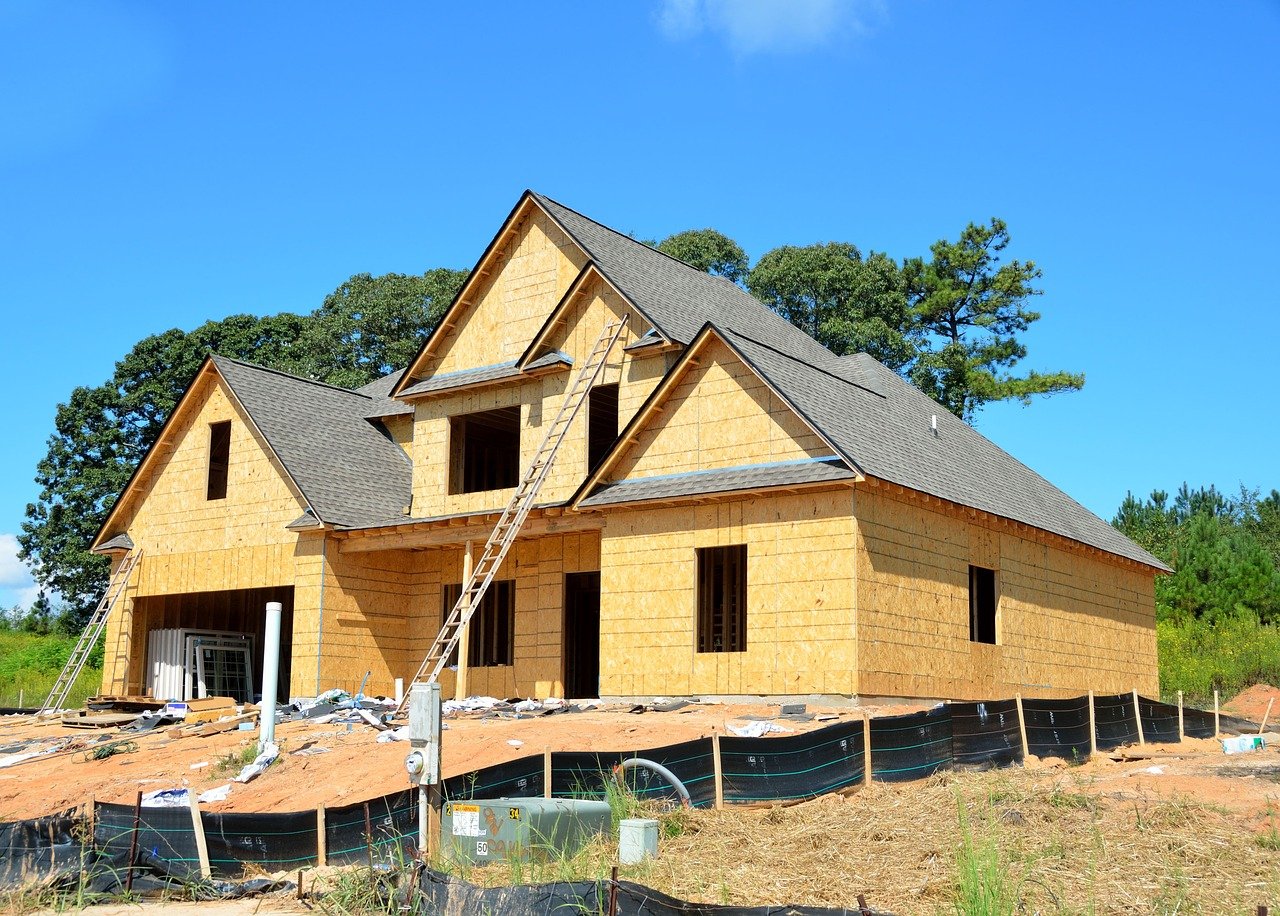
In an age where sustainability is not just a choice but a necessity, building an eco-friendly home represents a commitment to the future of the planet. The selection of roof trusses, a critical yet often overlooked component, becomes a defining factor in this endeavor, influencing both the home’s environmental footprint and its structural integrity.
That said, this guide is designed to navigate you through the intricate process of selecting roof trusses that align with eco-friendly principles without compromising on durability or design.
Types Of Roof Trusses
Understanding the different roof trusses types is crucial for selecting the right one for your project. Here are some of the most common types:
- King Post Truss
The design is simple and cost-effective, making it ideal for short spans of up to 8 meters. It features a central vertical post supported by two angled rafters, making it suitable for smaller structures like garages or extensions.
- Queen Post Truss
Like the king post, it’s designed for slightly longer spans, up to 10 meters. It includes two vertical posts and a horizontal beam, creating a more open space in the attic.
- Fink Truss
The most common type for residential properties, characterized by its ‘W’ shape. The Fink truss is designed for spans up to 16 meters and is favored for its combination of strength and cost-effectiveness.
- Attic Truss
This was designed to provide a livable attic space, with a room built within the truss. It supports larger spans and offers a practical solution for adding extra living space without altering the building’s footprint.
- Scissor Truss
It offers an aesthetic option with sloped bottom chords that create a vaulted ceiling. It is ideal for structures where the interior space needs to feel open and airy, such as in churches or homes with cathedral ceilings.
- Gambrel Truss
It mimics the look of a traditional barn roof with two different slopes on each side. This design maximizes the usable space in the attic, making it a popular choice for storage buildings and rural homes.
- Bowstring Truss
Large, arched trusses are used to cover wide spans, such as in warehouses, aircraft hangars, or sports facilities. Their shape helps distribute the weight evenly, allowing for vast, open spaces beneath.
- North Light Truss
A design typically used in industrial buildings to maximize natural light from the north. It features a shorter vertical slope facing north and a longer, more gently sloping side to the south.
- Mono Truss
Builders often use a single-sloped truss design for sheds, lean-tos, or additions where one side of the roof is higher than the other. It’s a straightforward design for covering spaces without the need for a symmetrical roof.

Steps In Selecting Roof Trusses For Your Eco-Conscious Home
Selecting the right roof trusses for your eco-friendly home is a crucial step in ensuring your house not only supports sustainable living but also contributes to energy efficiency and environmental conservation. Here’s a comprehensive guide on how to select the most suitable roof trusses for your eco-friendly home.
- Assess Material Sustainability
Start by evaluating the sustainability of the materials used for roof trusses. Wood, often chosen for its natural appearance and structural capabilities, should ideally come from sustainably managed forests with Forest Stewardship Council (FSC) or Programme for the Endorsement of Forest Certification (PEFC) certifications. Metal trusses, particularly those made from recycled steel or aluminum, offer durability and recyclability, making them another eco-friendly option.
- Consider Energy Efficiency
The design of your roof trusses can significantly affect your home’s energy efficiency. Opt for designs that allow for ample insulation space and promote air circulation. The goal is to maintain a stable indoor temperature, reducing the need for heating and cooling, which, in turn, lowers energy consumption.
- Evaluate Longevity and Maintenance
Choosing trusses that are durable and require minimal maintenance over time contributes to their sustainability. The longer the trusses last without needing replacement or repair, the better they are for the environment, as they reduce waste and the need for additional resources.
- Think About Climate Compatibility
Select trusses that are suitable for your local climate. For instance, areas prone to heavy snowfall might benefit from stronger, more resilient truss designs that can bear the weight of the snow. Similarly, regions with high winds or risk of hurricanes should consider trusses designed to withstand these conditions.
- Prioritize Recyclable and Reusable Components
Look for truss options that can be easily recycled or reused at the end of their life cycle. This approach not only minimizes waste but also promotes a circular economy by keeping materials in use for as long as possible.
- Collaborate with Eco-Friendly Suppliers
Work with suppliers and manufacturers who prioritize eco-friendly practices. This includes everything from the sourcing of raw materials to the manufacturing processes they use. Partnering with companies that share your environmental values ensures the responsible production of your roof trusses.
- Calculate the Lifecycle Cost
When selecting roof trusses, consider the entire lifecycle cost, not just the initial purchase price. Eco-friendly trusses might have a higher upfront cost but can lead to long-term savings through reduced energy bills, less frequent replacements, and minimal maintenance.
- Consult with Professionals
Engage with architects, engineers, and builders who have experience in eco-friendly construction. These roofing contractors can provide valuable advice on the best truss types and materials for your specific project, ensuring that your eco-friendly goals are met.
Conclusion
Remember, the choice of roof trusses not only impacts the structural integrity of your home but also its environmental impact and energy consumption over the years. By following these guidelines, you’ll ensure that your home not only stands strong against the elements but also stands as a testament to your commitment to sustainability and responsible living.







